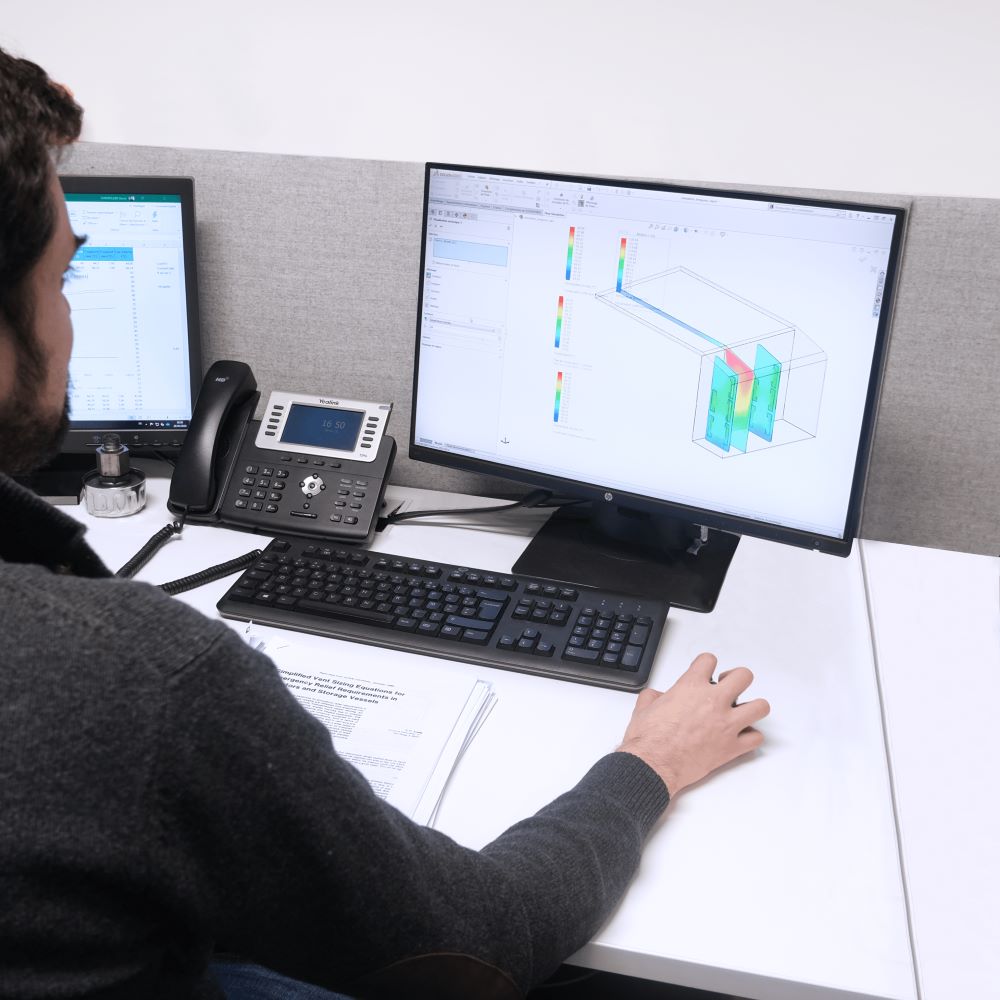The crucial impact of temperature on lithium batteries
Temperature has a significant impact on the performance and durability of lithium batteries. Extreme temperature conditions, whether too high or too low, can lead to serious malfunctions. Batteries are particularly affected when operating outside their optimum operating range: -20°C to 55°C / -4°F to 131°F.
When batteries are exposed to high temperatures, this can lead to increased degradation of internal materials, reducing storage capacity and overall battery life, but also increasing safety risks, as they can lead to chemical leaks, short circuits or even fires. On the other hand, temperatures that are too low can increase the battery’s internal resistance, reducing its charging and discharging power.
By convective or liquid exchange, Forsee Power batteries for electromobility are equipped with a thermal management system to limit premature cell ageing and thus ensure the longest possible service life for the complete system. Operation and performance are guaranteed over temperature ranges from 10°C (50°F) to 30°C (86°F).
Did you know? The term “cooling” is often used to refer to the general process of battery thermal management: in fact, it’s a shorthand term, even though 95% of the time the battery needs to be cooled because of the heat it produces when the vehicle is in operation. In winter, the cells are preheated to around 10/15°C (50/59°F) before the vehicle is started.
Different types of thermal management for lithium batteries
Liquid-cooled thermal management
Liquid-cooled thermal management involves using a coolant that circulates inside aluminum heat exchangers in direct contact with the cells. Glycol water injected into the heat exchangers is maintained at optimum temperature by an internal air-conditioning system. Liquid thermal management is widely used in high-performance, long-range electric vehicles. It offers greater thermal stability and helps extend battery life, which is essential for optimum performance and long-term reliability.
At Forsee Power, historically, only our PULSE batteries incorporating high-power cells, which emit a lot of heat due to their intensive use, were equipped with a liquid thermal management system to cool or preheat the cells evenly.
However, our mechanical and thermal engineers have developed a liquid management system for the ZEN and FLEX ranges, whose highly capacitive, low-current cells are less prone to overheating. In fact, our new-generation batteries can be housed in confined spaces where temperature regulation is more complex.
It’s also a solution for covering a wider range of climatic conditions, with vehicles operating in countries with varied and sometimes extreme conditions.
Thermal management by convective or passive exchange
Thermal management by convective exchange involves using the ambient air circulating around the cells and the inertia of the battery (with a preference for materials with high thermal conductivity in the battery to increase heat exchange). Moving air accelerates heat exchange by removing accumulated heat and replacing it with fresh air. This air circulation helps maintain a stable, optimal temperature.
A major advantage of convective heat exchange is its simplicity and efficiency. It requires no coolant or complex components, which means simplified installation, reduced maintenance and lower costs. What’s more, it can be compactly integrated into the battery management system of electric vehicles.
Convective heat exchange thermal management is widely used in electric vehicles, offering efficient dissipation of the heat generated by the batteries. By controlling the temperature of batteries, it helps to improve their performance, service life and safety, guaranteeing a reliable and optimal electric driving experience.

